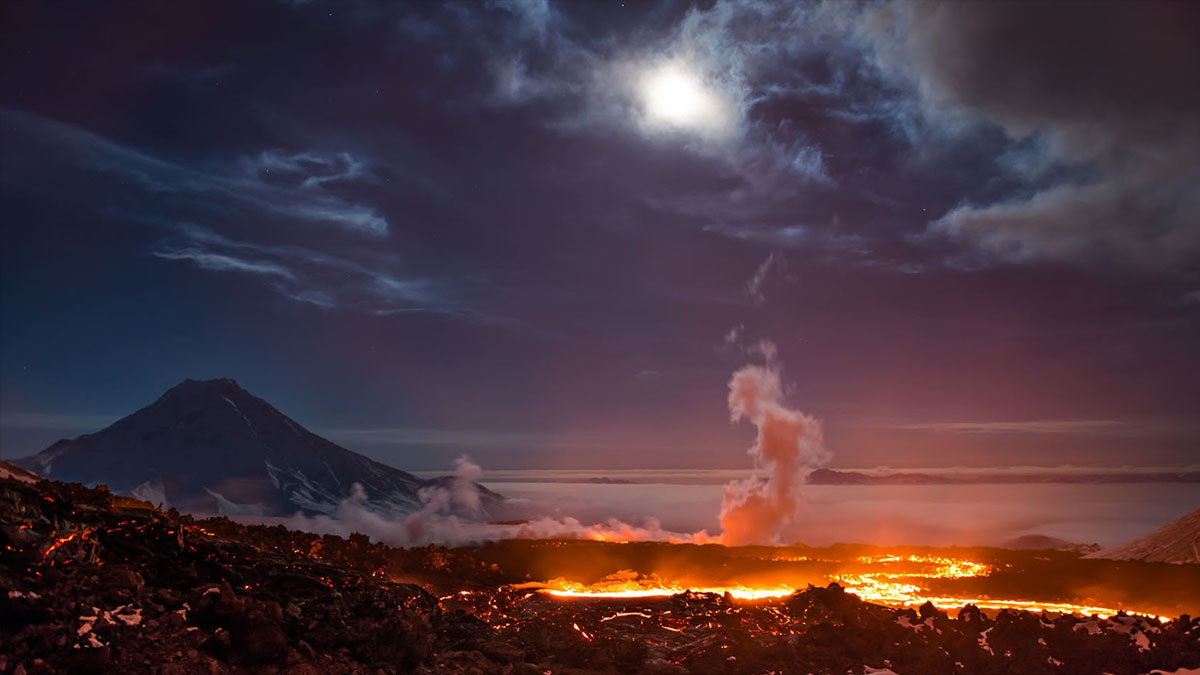charles darwin and otto hahn’s alien fossils

Just because Darwin wouldn’t discuss the origin of life in his work, doesn’t mean he didn’t have an opinion on the matter. And that opinion is actually pretty close to modern scientific thinking, that living things are products of chemistry rather than something requiring divine intervention. A recent paper cataloguing Darwin’s notes on the subject and correspondences with scientists and critics probably won’t be a big surprise to those familiar with his work. However, there’s one very interesting tidbit that caught my attention. It seems that the naturalist may have been exposed to the concept of panspermia, the idea that living things could cross space and seed young worlds where the newly landed aliens can spring up if the conditions are just right for their survival…
In his recently published Charles Darwin, Shorter Publications 1829–1883, van Wyhe (2009) has included a curious item published in 1881 in [the journal] Science under the title Mr. Darwin on Dr. Hahn’s discovery of fossil organisms in meteorites.
The note describes an exchange between Charles Darwin and Otto Hahn, an amateur geologist who claimed in 1880 that he had discovered [the] remains of extraterrestrial sponges, corals and plants in the Knyahinya meteorite that fell in Hungary on June 6, 1866 (van Wyhe 2009).
Apparently, Hahn even showed Darwin the fossils in question and made quite an impression. However, while he was generally supportive of the idea, the naturalist never outright confirmed or denied it. Considering that he wasn’t one to jump to conclusions, it’s likely that he never quite made up his mind on the subject and only entertained the possibility as curious but in need of further review and additional confirmation. Other scientists of the day also shared his enthusiasm, though for reasons we would find erroneous today.
Because of William Thomson’s (later Lord Kelvin) claim that the Earth’s age was too young to be compatible with Darwin’s theory of evolution, and [Louis] Pasteur’s work debunking spontaneous generation, the “cosmozoa/panspermia” theory was championed by many noted scientists during Darwin’s time, although apparently he never commented on the concept. The idea that there were fossils present in some meteorites was embraced by parts of the scientific community although others questioned the validity of these claims.
Of course Thomson’s estimate of 20 to 400 million years was way off and theoretically, our planet was around long enough for life to slowly develop and diversify without the need for spontaneous generation or a seeding from extraterrestrial sources. However, we also know that meteorites not only have a full collection of the kinds of amino acids life as we know it needs, they also have a bias towards left handed chirality just like all living things on Earth. We also know that some simple animals and bacteria can survive the strain of space travel, provided they’re put into a kind of biological stasis first. So while the evidence for panspermia or any potential extraterrestrial involvement in our biosphere is rather tenuous, it’s still there on the fringes and it’s hard to rule it out completely. Though, to be perfectly fair, I would have to say that Hahn’s meteorite could very easily be a case of mistaken identification and its evidence is very much in the eye of the beholder, kind of like ALH 84001 and its microscopic contents that look like fossils to some panspermia enthusiasts.
See: Peretó, J., Bada, J., & Lazcano, A. (2009). Charles Darwin and the Origin of Life Origins of Life and Evolution of Biospheres, 39 (5), 395–406 DOI: 10.1007/s11084–009–9172–7





